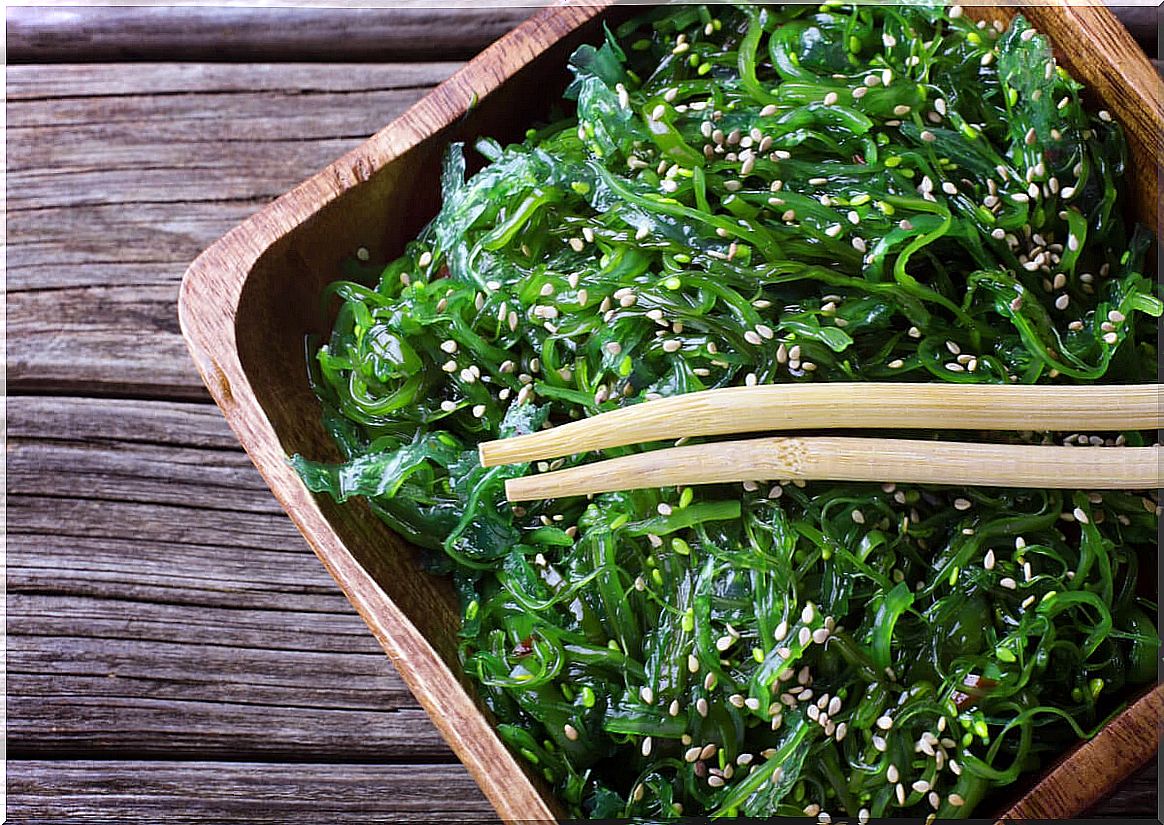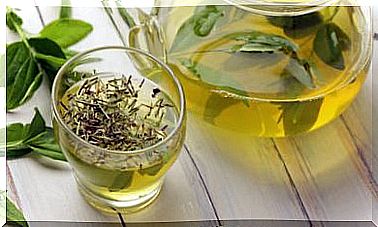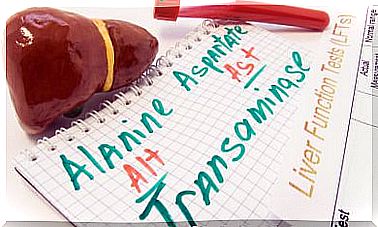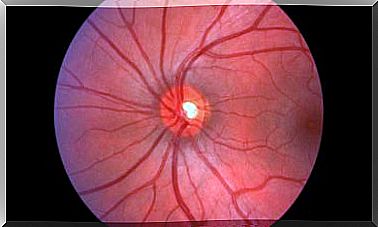When Is Algae Consumption Risky?
Sea vegetables are a very present ingredient in some cuisines of the world and in others they begin to gain presence. They are valued for their properties and nutrients. Although few people know that the consumption of algae can also be risky.
The main hazards are due to its high iodine content and possible contamination with arsenic and other heavy metals. Therefore, it is advisable to be cautious and consume moderately.
What is algae and what are its benefits?
In general terms , all the plants that inhabit the sea are called algae. There are more than 20,000 species of them, of which a few hundred have been consumed by humans throughout history.
On a nutritional level, it is an interesting food, characterized above all by the concentration of protein and fiber they provide. In addition, in most of them, high amounts of minerals such as calcium, iodine, iron, phosphorus and potassium stand out.
Thanks to this composition it is considered a healthy product. They are light and filling, just like terrestrial vegetables. Some of its components can be beneficial to health.
Research in this area is still recent and more data from human studies are needed. But there have been possible benefits in digestive health and weight control. On the other hand, they could help reduce the risk of some diseases, such as cardiovascular disease, diabetes and osteoporosis.

The risk of consuming algae as a result of excess iodine
Seaweed consumption is booming due to its health benefits, but it is not without risks. Already in 2015, the European Food Safety Agency included the potential risks associated with the use of seaweed among the 18 emerging problems in Europe related to food.
The first of those responsible for this call to caution is the amount of iodine present in most of them. Indeed, some species such as nori , kombu or wakame contain more than 5 times the recommended amounts of this mineral per 1 gram of product.
From the Spanish Agency for Food Safety and Nutrition (AESAN) they warn that in Spain the consumption of algae grows at such an accelerated rate that it can be classified as potentially dangerous.
Iodine is an essential component for the body. It participates in the synthesis of thyroid hormones, in the development of the central nervous system, in growth and in the regulation of metabolism.
However, too much is dangerous and can cause problems. According to the Office of Dietary Supplements of the United States government, the following effects of iodine should be considered if the values of the recommendations are exceeded:
- Thyroid gland enlargement or goiter.
- Thyroid cancer.
- Burning in the mouth, throat and stomach.
- Nausea, vomiting, and diarrhea.
What is the recommended daily amount of seaweed?
First of all, it should be noted that algae are considered a safe food by experts. This can be read in the special document of the Spanish Food Safety Agency on algae or in the legislation of the American Food and Drug Agency.
However, there are potential health risks from possible excess iodine, heavy metal build-up, and radioisotopes. So, to avoid risky algae consumption, it should be done in moderation.
Establishing recommended daily amounts is complicated by the many factors that come into play. In the case of iodine, the presence can be highly variable depending on the species, growing area, harvesting season or storage.
It is also known that acceptance and assimilation by users is different. The intestinal flora of the towns with a historical consumption of algae is prepared to metabolize them and manage these excesses. This is not the case for all those who find a new product in sea vegetables.
There are no official consumption recommendations, while the maximum recommended amounts of iodine and arsenic are not exceeded.

The risk of consuming algae with arsenic
The main focus of attention has always been on the amount of iodine and its relationship to thyroid problems. But there are other risks related to this marine plant. One of them is arsenic.
This element present in some seas and lakes is toxic in certain quantities for humans. And algae have the ability to bioaccumulate toxics from the sea, increasing their presence exponentially.
Some studies show that the most commonly consumed algae in most countries, both Asian and Western, have high levels of arsenic. One of them is hiziki, with amounts around 110 milligrams per kilo.
The kombu , the kombu Atlantic, the kelp and sea lettuce consumed directly and snacks , salads, sushi or soups. But they are also ingredients in other manufactured products, so the intake can be high.
Once ingested, arsenic accumulates in some tissues such as hair, nails, bones, lungs, and skin. In animals and humans it has also been observed its passage through the placenta and its presence in breast milk.
What are the consequences of arsenic poisoning? In its acute form it causes diarrhea, vomiting, anorexia, weight loss, cramps or alterations of the central nervous system. In addition, it was one of the first elements identified as a possible carcinogen.
Recommendations for a safe seaweed consumption
In the absence of specific legislation and due to the existence of both benefits and drawbacks in its consumption, it is advisable to be cautious with the intake of algae.
This does not mean to eliminate them completely from the diet, but to be cautious with them. Eating them sporadically and in small quantities is not bad.









